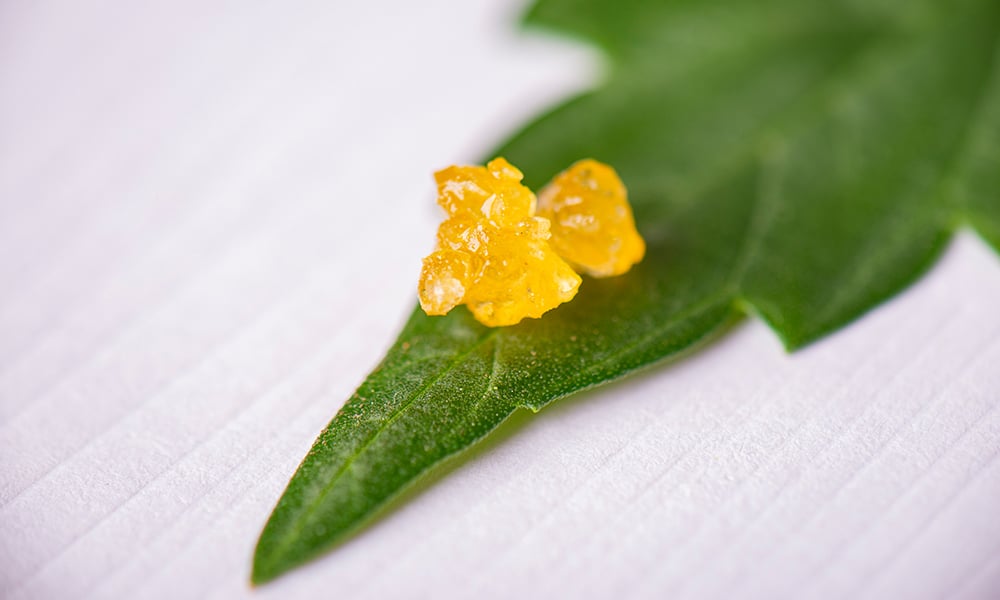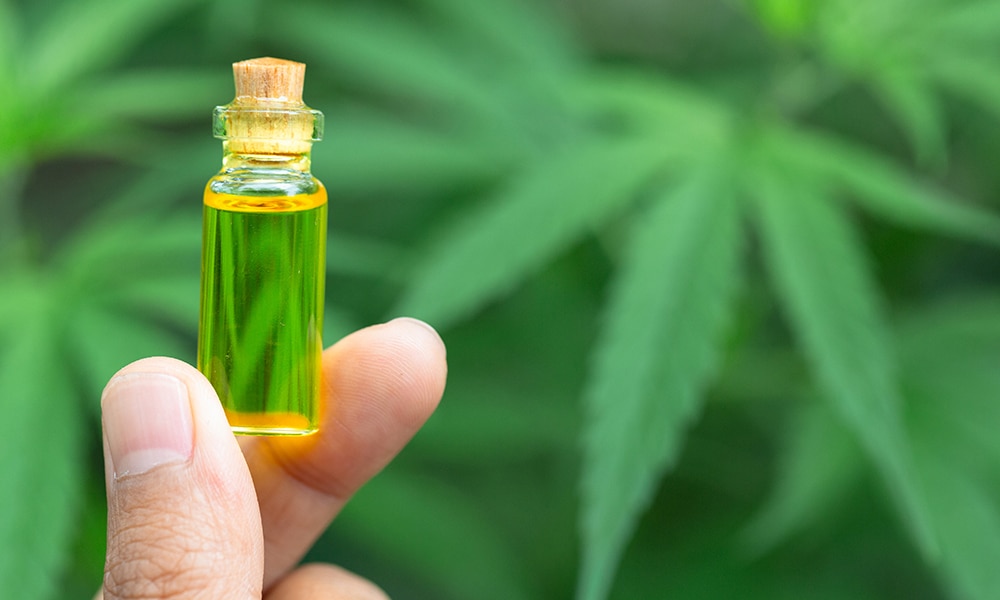Wondering about distillate vs. live resin? They look similar and you use them in similar ways, but they’re very different chemically. They affect you differently too, so it’s worth learning which is which.
What They’re Made Of
The difference begins immediately after harvesting. Weed that will become distillate is allowed to dry, a process that starts the transformation of the raw chemicals in the cannabis plant into the cannabinoids THC and CBD.
If a plant is going to become live resin, it has to get flash-frozen right after harvest. When weed dries, it loses some of the terpenes that give the strain its unique flavor, aroma, and effect. Flash-freezing preserves more of the plant’s terpene profile.
How They’re Made
Live resin doesn’t come out of the freezer until it’s ready for the next step in the preparation process — separating the cannabinoids from the plant material. Distillates and live resins both go through the separation process.
Separation usually happens using a chemical solvent that draws the cannabinoids out of the plant material. Once the plant material has been lifted out and all remaining solvent is removed, the concentrated cannabinoids remain.
For live resin, this is the end of the production process. You’re left with a cannabinoid and terpene blend that’s the same as that of the original plant, or nearly so. That’s what people love about live resin.
Distillate has further to go. The cannabinoid extract gets purified, usually by mixing the concentrate with ethanol and chilling it to extremely cold temperatures. This separates out any impurities like fats and plant waxes. The remaining extract then passes through another filter and the ethanol gets evaporated out, leaving the concentrate behind.
Decarboxylation (or Lack Thereof)
The last step in preparing distillate warrants a separate discussion, since it explains one of the other primary differences between distillate and live resin.
After the purification process, neither distillate nor live resin contains significant THC or CBD. What they contain are the precursors, THCa and CBDa, which develop naturally in the raw plant. To get THC and CBD, you have to heat the plant, or in this case, the extract.
The process is known as decarboxylation. Distillate is decarboxylated as part of the final preparation step when pressure and heat draw out specific cannabinoids and terpenes. What’s left behind is predominantly one cannabinoid, THC or CBD.
Live resin doesn’t go through decarboxylation, so you have to consume it in a way that involves heating it to high temperatures.
The Final Product
Live resin is dark yellow and extremely sticky. It may be runnier or thicker depending on the preparation process. People often dab it or vape it, or you can put some on top of your bowl, blunt, or joint before you smoke it. As long as you heat it, it has the potential to get you high because it contains the cannabinoid THC.
Distillate is a runny, yellow oil. Like live resin, you can vape it, dab it, or add it to your flower. If it’s THC distillate, you’ll get high. If it’s CBD distillate, you won’t, because there won’t be enough THC in it.
Distillate and live resin are both powerful concentrated cannabis products. Neither is objectively better than the other—it all depends on the kind of experience you want.




 Home
Home Delivery
Delivery